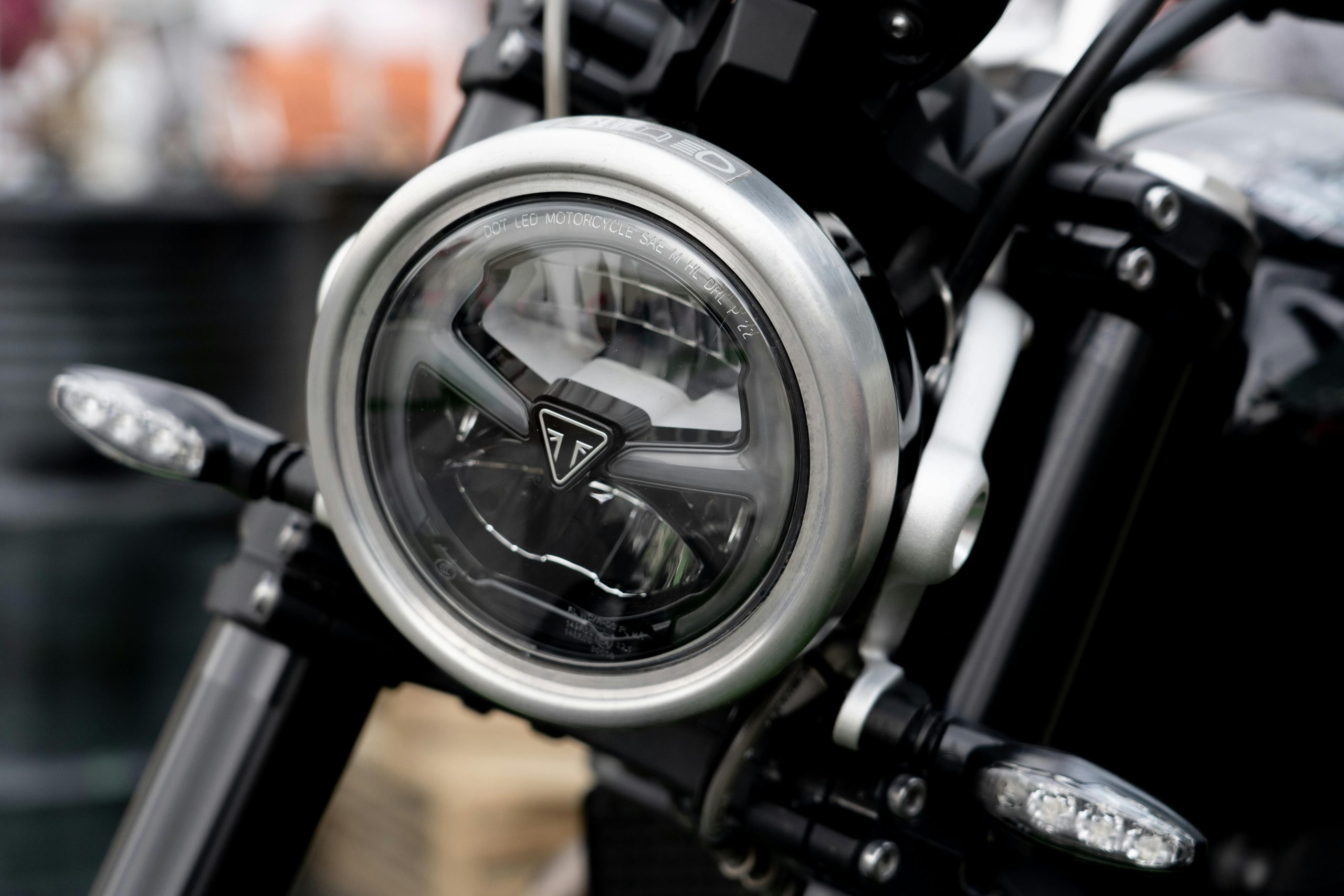The Importance of Vehicle Lighting Technology
Vehicles are an essential part of our daily lives. Whether it’s for commuting to work, running errands, or going on road trips, we rely on our vehicles to get us from point A to point B safely and efficiently. And one crucial aspect of safe and efficient driving is vehicle lighting technology.
The Evolution of Vehicle Lighting Technology
Vehicle lighting has come a long way since the early days of automobiles. In the early 1900s, vehicles were equipped with acetylene lamps, which were dim and unreliable. Over the decades, various lighting technologies were developed, such as incandescent bulbs, halogen bulbs, and Xenon high-intensity discharge (HID) bulbs. But it wasn’t until the 1990s that vehicle lighting technology underwent a significant transformation with the introduction of LED lighting.
The Advantages of LED Lighting
Energy Efficiency
LED (Light Emitting Diode) lighting has become the go-to option for vehicle manufacturers due to its numerous advantages, one of which is energy efficiency. LED bulbs require less energy to produce the same amount of light as incandescent or halogen bulbs. This not only reduces fuel consumption but also puts less strain on the vehicle’s battery. As a result, LED lighting is an eco-friendly choice for vehicles.
Longevity
Another significant advantage of LED lighting is its longevity. LED bulbs have a significantly longer lifespan compared to traditional bulbs, making them a cost-effective choice in the long run. With an average lifespan of 25,000-50,000 hours, LED bulbs outlast incandescent and halogen bulbs, which have an average lifespan of 1,000 and 3,000 hours, respectively.
Brightness and Visibility
LED bulbs also offer superior brightness and visibility compared to traditional bulbs. This is due to their directional lighting, which means that they emit light in a specific direction, making them more effective at illuminating the road ahead. LED bulbs also have a bright, white light that closely resembles natural daylight, reducing strain on the driver’s eyes and allowing for better visibility in poor weather conditions.
Customization and Flexibility
LED lighting also offers flexibility and customization options for drivers. LED bulbs come in various colors, allowing drivers to add a personal touch to their vehicles. They can also be programmed to change colors, creating a unique experience and drawing attention to the vehicle, making it stand out from the rest on the road.
The Impact of LED Lighting on Vehicle Safety
Vehicle lighting technology has a direct impact on road safety, and LED lighting is no exception. With their superior brightness and visibility, LED bulbs make it easier for drivers to see and be seen on the road, reducing the risk of accidents. LED headlights also offer adaptive lighting, adjusting to the speed and direction of the vehicle, providing optimal visibility in any driving situation.
LED lighting also plays a crucial role in increasing pedestrian and cyclist safety. LED bulbs are more visible than traditional bulbs, making it easier for drivers to spot pedestrians and cyclists on the road. Additionally, LED lighting can be programmed to emit specific patterns, alerting pedestrians and cyclists of an approaching vehicle and potentially preventing accidents.
The Future of Vehicle Lighting Technology
The future of vehicle lighting technology looks bright, with ongoing research and development in the field. One area of focus is the use of organic LED (OLED) lighting, which is expected to further enhance energy efficiency and customization options for drivers. Additionally, advances in autonomous driving technology are driving the development of adaptive lighting systems that can adjust to road conditions and other external factors, further improving road safety.
Conclusion
The importance of vehicle lighting technology cannot be overstated. LED lighting has revolutionized the industry, offering numerous advantages, including energy efficiency, longevity, brightness and visibility, and customization options. LED lighting has also had a significant impact on road safety, making it easier for drivers to see and be seen on the road. As we look towards the future, the evolution of vehicle lighting technology is set to continue, pushing the boundaries of what is possible and making driving safer and more enjoyable for everyone.










